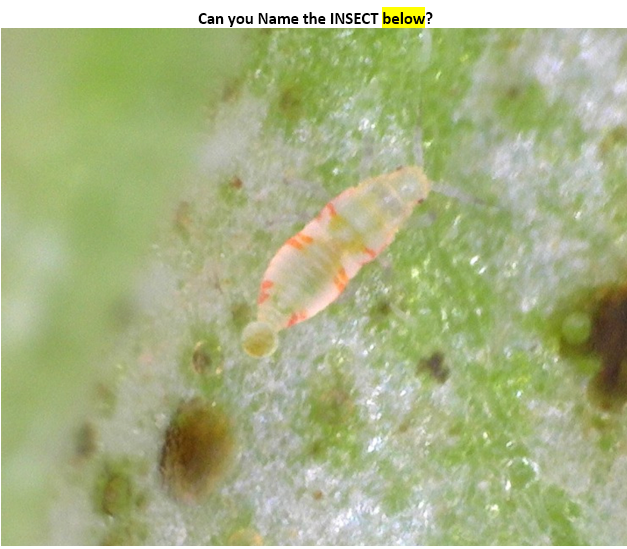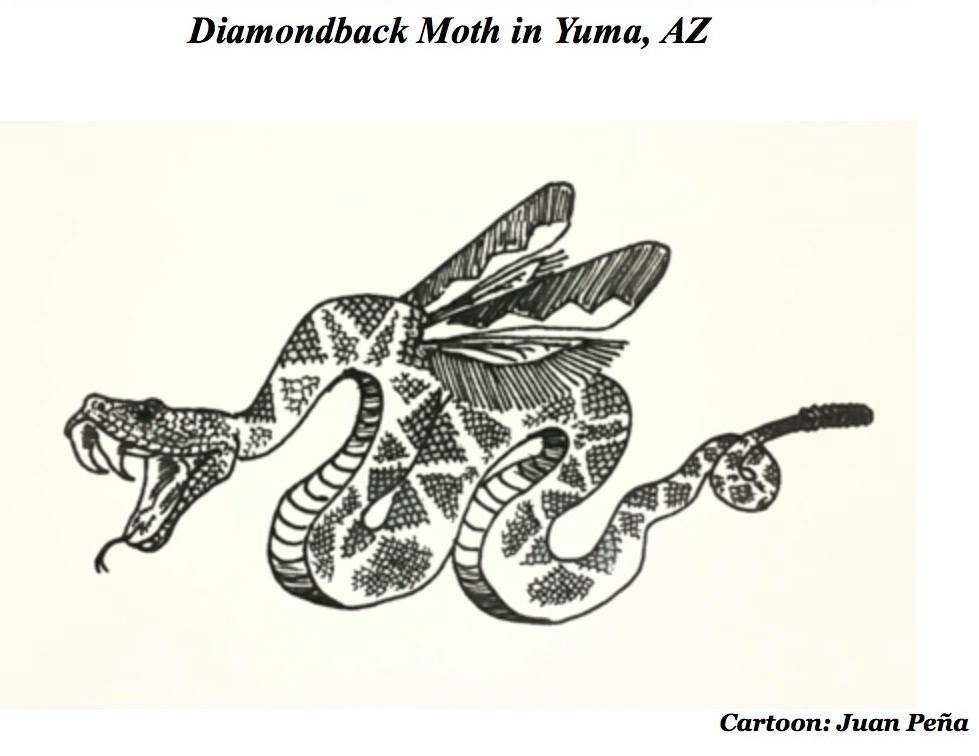
|
|
|
|

|
|||
|
|
|||
With the produce season finally starting to wind down and spring melons well under way, this is a good time to review the insecticide chemistries that are important in your produce and melon insect management programs. This is an important consideration as you make the transition from winter produce crops to spring melon and summer cotton crops where many of the same insecticide products are used on all these crops. Sustaining long-term insecticide efficacy that provides cost-effective crop protection requires a conscious effort on the part of PCAs and growers to prevent insecticide resistance. Over the past 30 years, the Agrochemical Industry has been actively developing and bringing to the vegetable/melon market an unprecedented number of new chemistries that are highly effective, selective and significantly safer than their chemical predecessors. These include the neonicotinoids, spinosyns, tetramic acid derivatives and diamides to name a few. In the last year, the new feeding disruptor products pyrifluquinazonand afidopyropen gained USEPA registrations and will be a great addition for managing whiteflies and CYSDV on melons (for more information see New Insecticide Chemistry for 2019 ). However, the development of new insecticide chemistries has slowed a bit and older chemistries are continually being phased out of the marketplace. It was just a couple of years ago that flubendiamide (Belt, Vetica) was removed from the market, and EPA is currently assessing risk of neonicotinoids against pollinators which could impact their use on many important crops. Thus, it is imperative to sustain the efficacy of the newer insecticide tools currently available and insecticide resistance management (IRM) is now more important than ever. The most fundamental approach to IRM is to minimize the selection of resistance to any one type of insecticide chemistry. Historically, alternating or rotating compounds with different modes of action (MOA) has provided sustainable and effective IRM in our desert cropping systems. The key is to not expose successive generations of an insect pest to the same MOA. The Insecticide Resistance Action Committee (IRAC), a coordinated crop protection industry group, was formed to develop guidelines to delay or prevent resistance. Using their most recent IRAC MOA Classification Bulletin-9.1 IRAC MOA Classification Bulletin-9.1we have updated a brief publication which provides the latest local information on the modes of actions, routes of activity and pest spectrum for important insecticide chemistries used in desert produce and melon crops - see Insecticide Modes of Action on Desert Vegetables 2019. These classification lists will provide you with an additional set of guidelines for the selection of insecticides that can be used in desert IPM programs. | |||
| Back | |||
|
For questions or comments on any of the topics please contact Marco Pena at the Yuma Agricultural Center.
|
|||
|
Home |
Cotton
| Veggies |
Forages
| Grains
| Citrus |
Crop x Crop
Insects | Diseases | Weeds | Pesticides | Economics | News | Weather | Research | Photos | Contacts | General Info. Copyright © 2001 University of Arizona, College of Agriculture and Life Sciences Webmaster: Al Fournier (acis@ag.arizona.edu) |
|||


